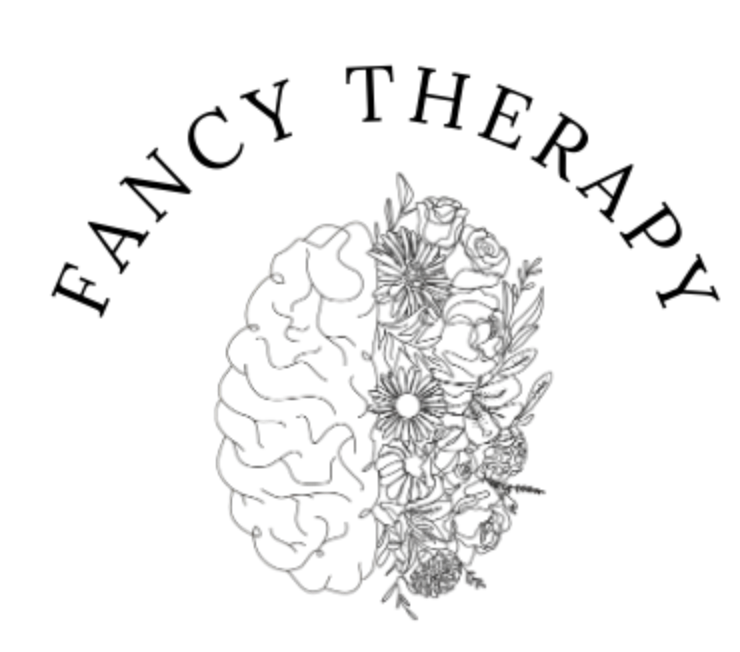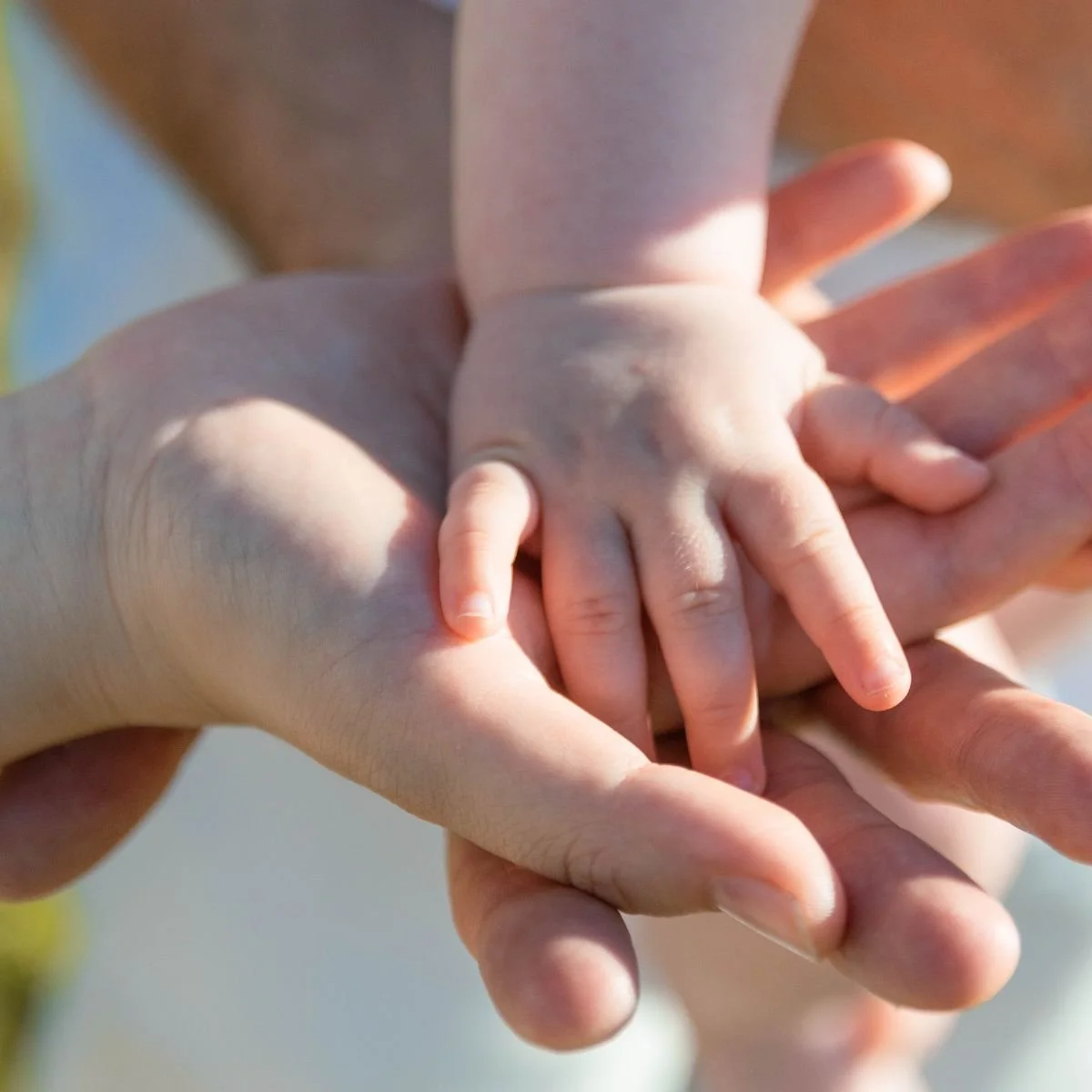Adapting to Adoptive Parenting
The moment you have been waiting for has finally arrived, and your adopted child is home! After all the references you provided, social workers in your home, fingerprinting for police checks, babyproofing, hours of paperwork, and parenting classes, you finally have a child who is yours, forever! It is joyous, but you may also feel a nagging sense that something isn’t quite as amazing as you expected.
One month later, and it still feels like you are on the longest babysitting job ever. You love your new child, but you second guess your legitimacy as a newly minted parent. Is it the sleepless nights, late night cries, the all-day screams, the lack of support, the undesired advice, or imposter syndrome that has you feeling so defeated? You may feel worried about your child’s developmental delays, their treatment prior to adoption, their atypical behaviour, and your attachment process. All the parenting classes and adoption books could never have prepared your heart for this emotional rollercoaster ride called adoption.
In Ontario, there are several types of adoption: local public adoption, domestic private adoption, kin adoption, and intercountry adoption. Public adoptions often occur through the local Children’s Aid Society in your area with children, or sibling groups, who have been removed from abusive family environments, and often coming from a foster home. In domestic private adoption, birth parents select adoptive parents with the help of a private adoption agency, and children are often placed soon after birth. Private intercountry adoptions are slowing with long waitlists, and children or sibling groups, often now with special needs, and two years or more at placement with little to no birth history. Kin adoption is when family members adopt through the court. For more information on ways to adopt in Ontario, check the Ontario government’s website: https://www.ontario.ca/page/adoption
Every adoption story and journey are valid and unique to each individual. The book “Seven Core Issues in Adoption and Permanency” by Sharon Kaplan Roszia and Allison Davis Maxon outlined key issues adopted children often struggle with in their life: loss, rejection, guilt/shame, grief, identity, intimacy, and mastery/control. Understanding, supporting, validating, and recognizing these issues, along with your child’s strengths, are excellent ways to parent your adopted children. As an adoptive parent and student psychotherapist, I have listed 12 practical tips to help you adapt to adoptive parenting!
12 Tips to Adapt to Adoptive Parenting
1. Remember you are parenting a child who is grieving. Similar to adults who grieve, they are likely to also experience shock, anger, confusion, resistance, stress, and sadness, in a non-sequential and non-linear fashion. This grief may look like trouble sleeping including frequent night awakenings, inconsolable crying, watchfulness for previous caregivers, excessive clinginess, rejection of adoptive parent(s), temper tantrums, aggressive behaviour, regression in development, hyperactivity, inability to focus, or sullen and withdrawn behaviour. Children who have been removed from neglectful environments such as orphanages or abusive homes, may additionally exhibit behaviour such as self- harm, head banging, rocking back and forth, eating non-edible objects, overeating to the point of throwing up, hoarding food, destruction of property/items, bed wetting/soiling themselves past the normal expected age, violence toward others, rejection of stuffed toys, lying, manipulative behaviour, and defiance of those in authority. Please contact an adoption-competent therapist if you have any concerns about your child’s behaviour.
2. Similar to adults who grieve, there is no time limit on grief. Grief doesn’t dimmish over time. Despite what other well-meaning friends and family may tell you, babies and children do remember their pain and they won’t just get over it. Some psychologists believe that trauma that occurs pre-language is actually harder to heal from! Your child will build new experiences and enlarge the space around their grief and loss. (Destructive and harmful behaviour usually curbs over time, depending on the age of your child at the time of adoption, number of placements, and prior environments.)
3. Trust your own instinct! This is not the same as your friends’ biological child who went through a brief lying phase or threw sand at a child by accident. Deep inside you will know your child better than your friends and family, so trust yourself!
4. When your child is exhibiting their worst behaviour, remember that they felt safe enough to show you their difficult feelings, and this is a step toward attachment and bonding. Children communicate through their behaviour, and their behaviour is telling you that they are hurting. It’s okay if you didn’t fix everything. You were there with them in the pain and you offered comfort.
5. Routines are very helpful for children to feel secure as they help children to predict what will happen next and feel safe. You have probably already tried to keep their routine, foods or formula, and material possessions as similar as possible for continuity’s sake. For an adopted child, even the slightest variation in a routine can be upsetting to a child.
6. Transitions may also be difficult for adopted children. Give a two-minute warning prior to activity change to help children transition more easily. Remember their world was suddenly changed from one caregiver to another without warning, so a little warning about what is happening will be extremely helpful at easing their fears.
7. Offer choices as often as possible to empower your child and give them a sense of control. This could be a choice between two healthy options, or the choice to delay a despised activity, eg. Would you like to brush your teeth now or after a song? Remember that adoption was not within their control, so allowing them to have choices will empower them.
8. Give them new experiences and lots of physical activities. They may need more outlet for their emotions through more rigorous play, such as running, hiking, climbing, swimming, etc. This builds their confidence, sense of mastery, and helps them to create new memories with their new family.
9. Physically calming and rhythmic activities can help heal their wounds, such as dancing, drumming, jogging, walking, singing, boxing, soccer, swimming, etc. Any physical or tactile activity may also be beneficial. Artistic and creative expression can help children express their emotions such as drawing, painting, dance, pottery, and arts and crafts.
10. Notice and attend to any sensory issues. Some adopted children may require more sensory input or are unable to tolerate some stimuli, whether it be visual, auditory, or tactile. Sensory toys may be beneficial, such as swings, fidget toys, calming lights, rain sticks, etc. Notice and minimize any distress to bright lights, loud noises, strong scents, tags touching their skin, etc.
11. Prioritize your self-care such as sleeping, eating, being kind to yourself, and practicing self-compassion. Caregiver burnout and vicarious trauma is real, and the need to step back and replenish yourself can help you be at your best.
12. Concentrate on making your home a warm, safe, loving, and fun place to be. Children who are adopted often have higher cortisone (stress levels) than their biological counterparts even several years after adoption! Enabling children to feel safe is the highest priority for them to learn, grow, and thrive in their new home.
13. Remember they are already vulnerable to shame, guilt, and low self-esteem, so focusing on their strengths, avoiding punitive parenting, and lots of encouragement can be very helpful.
If you are struggling to parent your adopted child, there are resources available. I highly recommend the Adoption Council of Ontario’s post-adoption courses for adoptive parents, including a segment on decoding your child’s behaviour. Their website and more, and more post- adoption supports are listed, below.
Feel free to contact me for a free 15-minute video consultation to see if I am a right fit for you to discuss your adoption questions, concerns, or issues.
Post-Adoption Supports
Pathways 2 Permanence (PRIDE II) classes: https://adoption.on.ca/training-education/pathways/
Adoption Council of Ontario: https://adoption.on.ca/
The Government of Ontario’s Adoption Services and Supports: https://www.ontario.ca/page/adoption-services-and-supports https://www.ontario.ca/page/mental-health-services-children-and-youth
Karyn Purvis Institute of Child Development (YouTube): https://www.youtube.com/@karynpurvisinstituteofchil8864
Dr. Daniel J. Siegel and Dr. Tina Payne Bryson’s book “The Whole-Brain Child”
Bessel van der Kolk’s book “The Body Keeps the Score”




